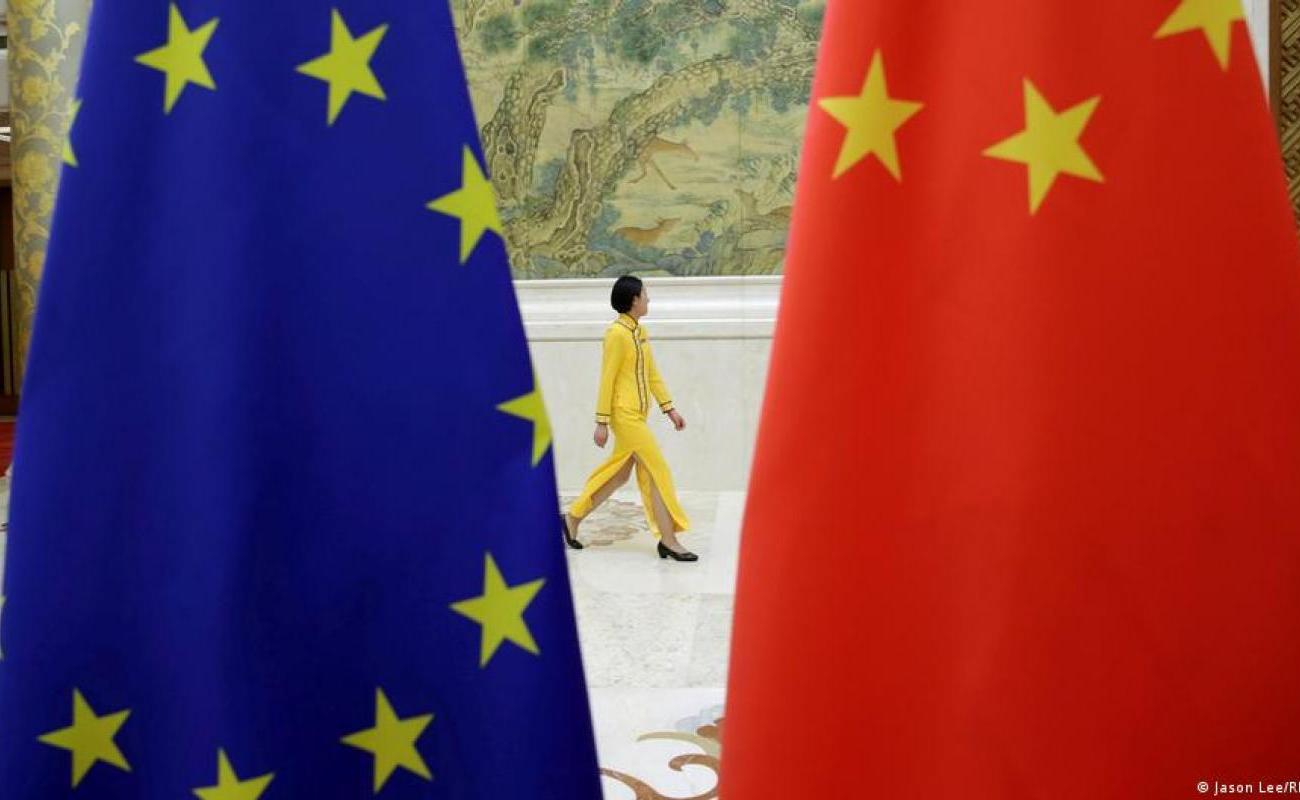EU launches 300 billion euro fund to challenge China’s influence | infrastructure

The EU’s plan to invest €300 billion (£255 billion) in global infrastructure would be better than China’s Belt and Road Initiative. European Commission said the President, as she announced a strategy to boost technology and public services in developing countries.
Ursula von der Leyen said the EU’s Global Gateway strategy was a positive show for infrastructure development around the world and was based on democratic values and transparency.
China Belt and Road InitiativeOften described as the Silk Road of the 21st century, it has enabled Beijing to expand its international influence by investing in more than 70 countries, accounting for half of the world’s population and a quarter of GDP. Expected to cost $1.3 trillion, it has helped countries in Asia, Africa and Eastern Europe build railways and ports connecting them to China, while often saddled with debt to Beijing.
Von der Leyen, who came to the post pledging to lead a “geopolitical commission,” said countries did not have enough options to find investment for large infrastructure projects.
When it comes to investment options, they are currently relatively limited. And the few choices that are often come with a lot of lowercase, which has big consequences, be it financial or political, but often also social.”
China launched the Belt and Road Initiative in 2013, but Von der Leyen was optimistic that the European Union could bridge the gap, even though European spending was expected to remain lower than its Chinese counterpart. When asked, she said, “Yes, certainly we are able to do that.”
countries [had] Their experience with Chinese investments and they need better and different offers,” she said, adding that the EU plan was a “real alternative.”
She pledged that the European Union would take a different path. “We want to show that a democratic, value-based approach can meet the most pressing challenges,” she said, citing EU priorities for green economy and digital technology.
Under the plans, the European Commission, the 27 member states of the European Union and its lending arm, the European Investment Bank, will aim to generate 300 billion euros in public and private funds by 2027, about 60 billion euros annually. Potential projects the EU could support include green hydrogen, underwater data cables and spending in schools.
The plans of the European Union were in line with those of Joe Biden Rebuild better Initiative, said von der Leyen.
She promised that countries receiving EU-backed loans would set their priorities, while also emphasizing the bloc’s green and digital policy goals.
Reinhard Butekofer, the German green MEP who has long argued that the EU needed to take a tougher approach to ChinaHe described the launch of the strategy as a breakthrough and an important step for the European Union.
“Many partners around the world are ready to work with us to achieve the global gateway strategy in Asia, Africa and the Americas.” “Now it is about preparing the strategy management effectively. Let’s get on with the conversation.”
But some doubted the success of the plans. Jonathan Holslag, a professor at the Free University of Brussels, argued that the commission started from a “rather naive point of view of geo-economics”.
write to U Observer On the Internet, he said: “The Chinese Silk Road is and will remain primarily the result of Beijing earning hundreds of billions of euros from trade with the West and investing them abroad.
“As long as China runs a trade surplus of €540 billion annually with the West, the global gateway is €60 billion. [a year] It will remain a bit like mopping. “
